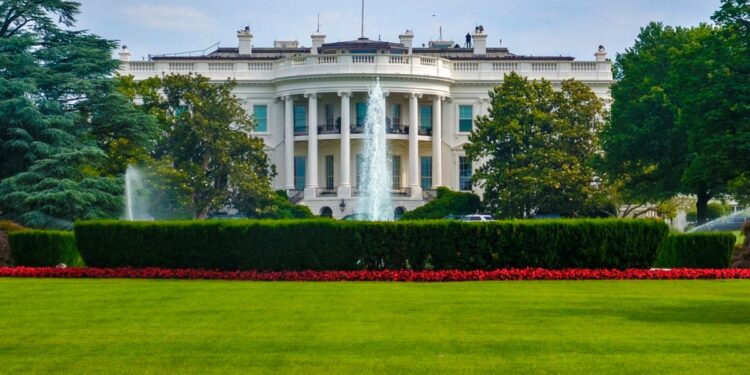Washington:
United States of America votes on November 5. The stage is set for the 2024 presidential election. The two major political parties – Democrats and Republicans – had nominated their candidates through a series of primaries and caucuses. On the Republican side, it is former President Donald Trump. His opponent, Vice President Kamala Harris, emerged as the Democratic nominee after President Joe Biden chose not to seek re-election.
As voters prepare to cast their ballots, let’s look back at the US Presidents who have shaped the nation’s history since 1900.William McKinley (1897-1901)
William McKinley was the 25th President of the United States, holding office from March 4, 1897, until his assassination on September 14, 1901. During his presidency, he guided the nation to victory in the Spanish-American War of 1898 and implemented protective tariffs to strengthen American industry. During the 100-day Spanish-American War, the US defeated the Spanish fleet outside Santiago harbour in Cuba, captured Manila in the Philippines, and occupied Puerto Rico.
Theodore Roosevelt (1901-1909)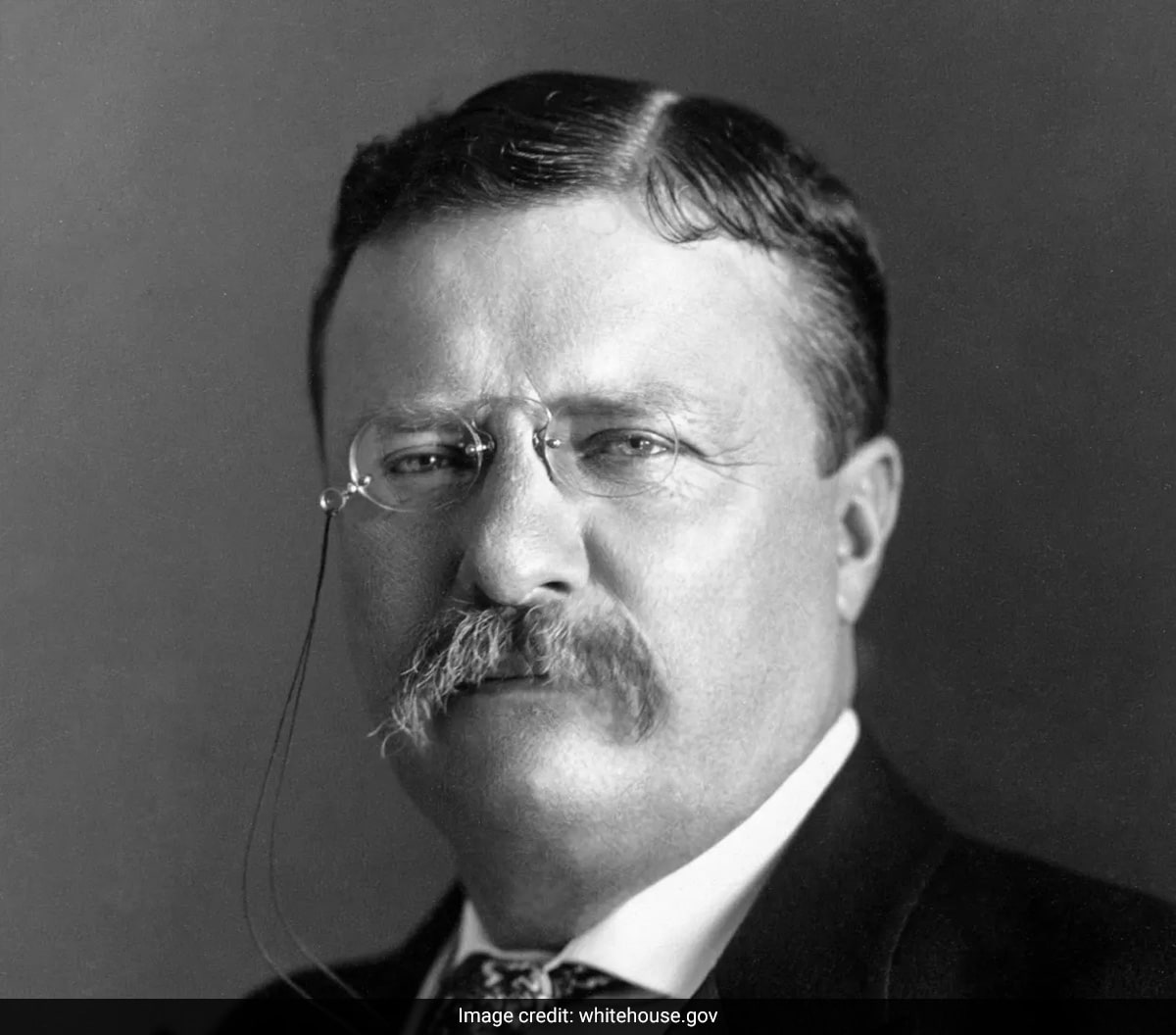
Following the assassination of President William McKinley, Theodore Roosevelt, at the age of 42, ascended to the presidency, becoming the 26th and youngest president in American history. Roosevelt infused the office with new energy and purpose, championing progressive reforms and asserting a strong foreign policy. Internationally, Roosevelt made a significant mark by mediating the Russo-Japanese War, earning him the Nobel Peace Prize and solidifying his reputation as a formidable leader.
William Howard Taft (1909-1913)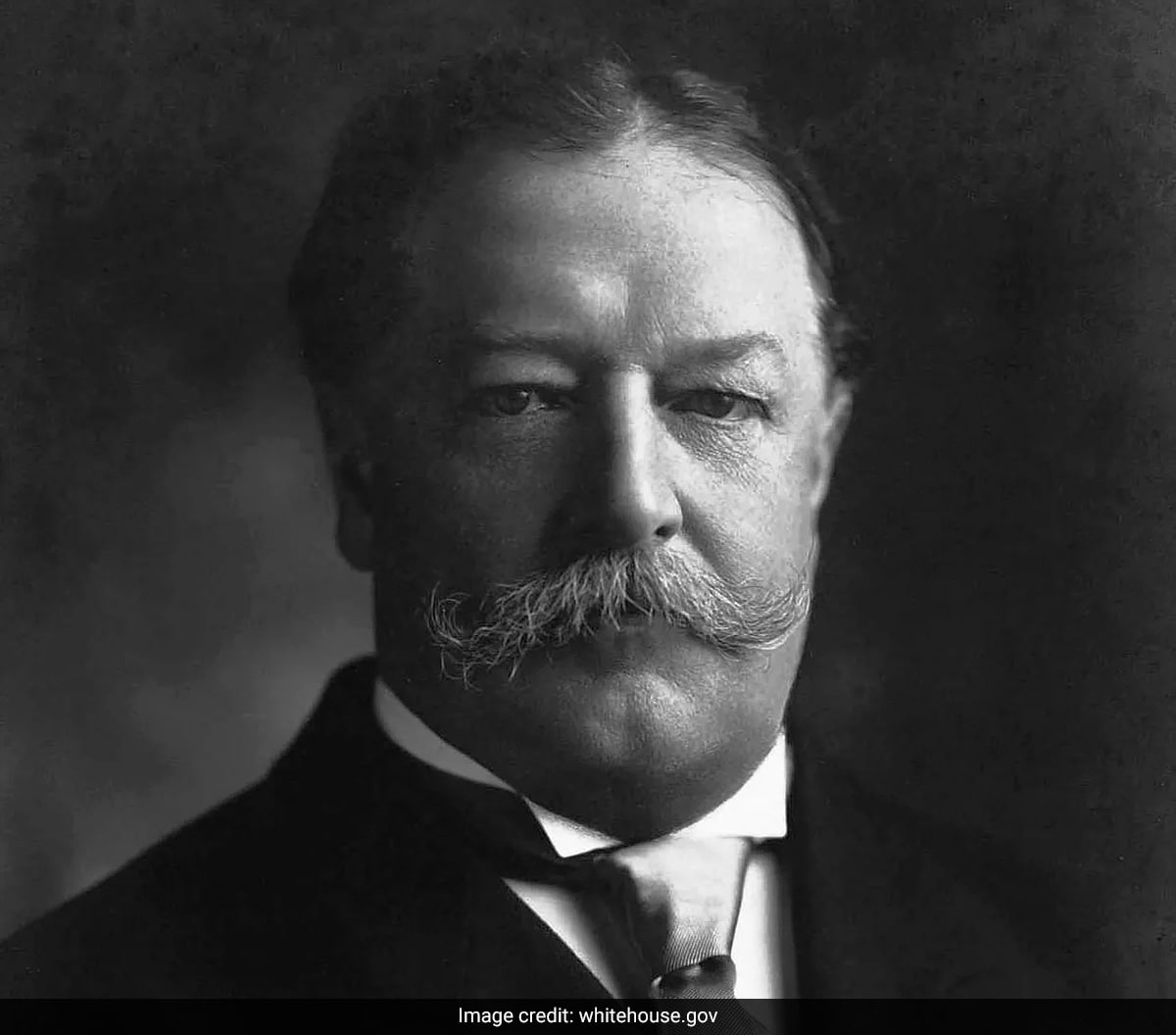
William Howard Taft was elected as the 27th President of the United States, serving from 1909 to 1913. After his presidency, he became the 10th Chief Justice of the United States, holding that position from 1921 to 1930. Taft remains the only individual to have served in both of these significant roles.
Woodrow Wilson (1913-1921)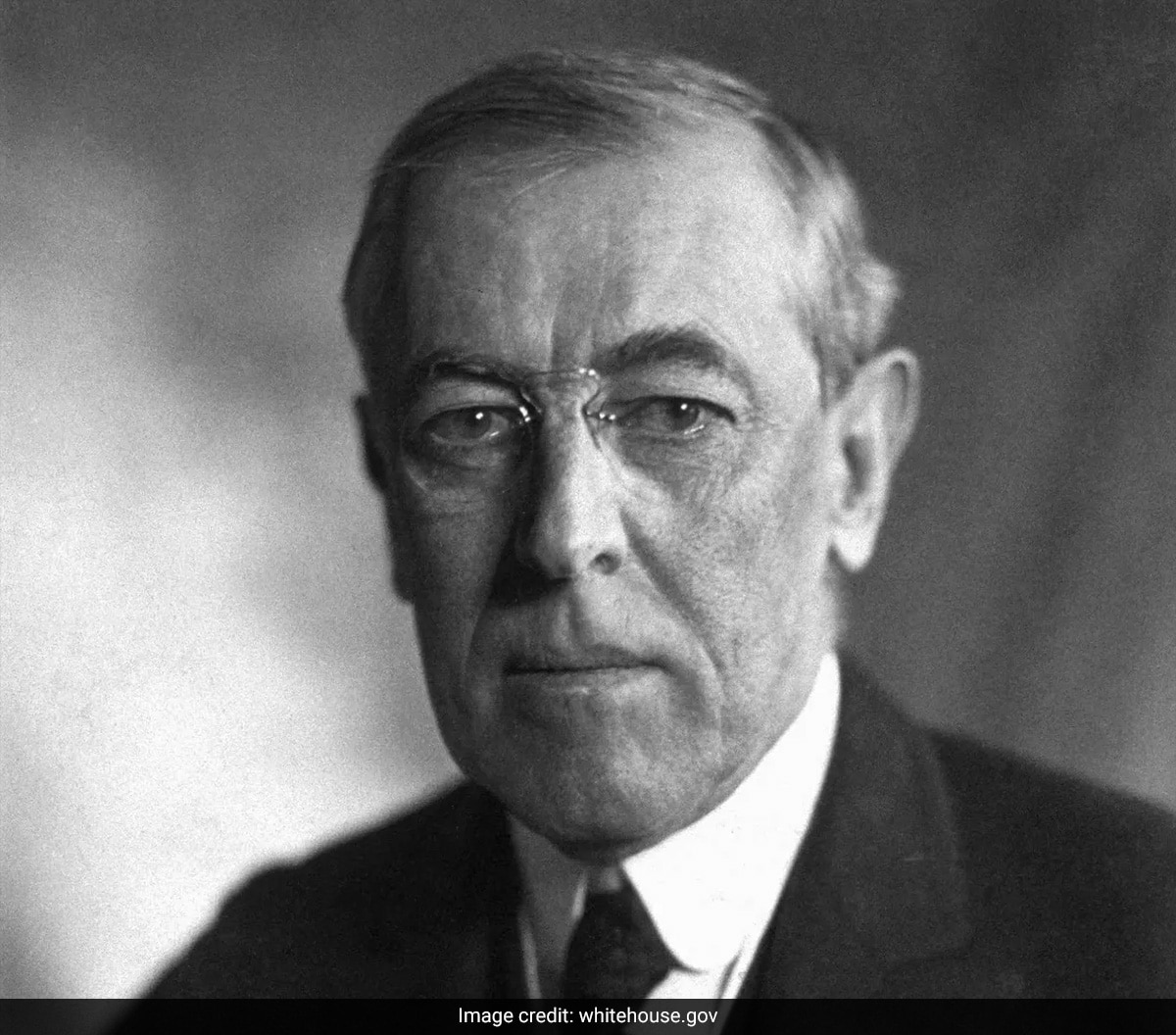
Woodrow Wilson, a prominent figure in the Progressive Movement, served as the 28th President of the United States. Initially advocating for a policy of neutrality at the onset of World War I, Wilson later made the decision to lead America into the conflict to “make the world safe for democracy.” His leadership during the war and his vision for a post-war order, including the establishment of the League of Nations, marked significant developments in both domestic and international politics.
Warren G. Harding (1921-1923)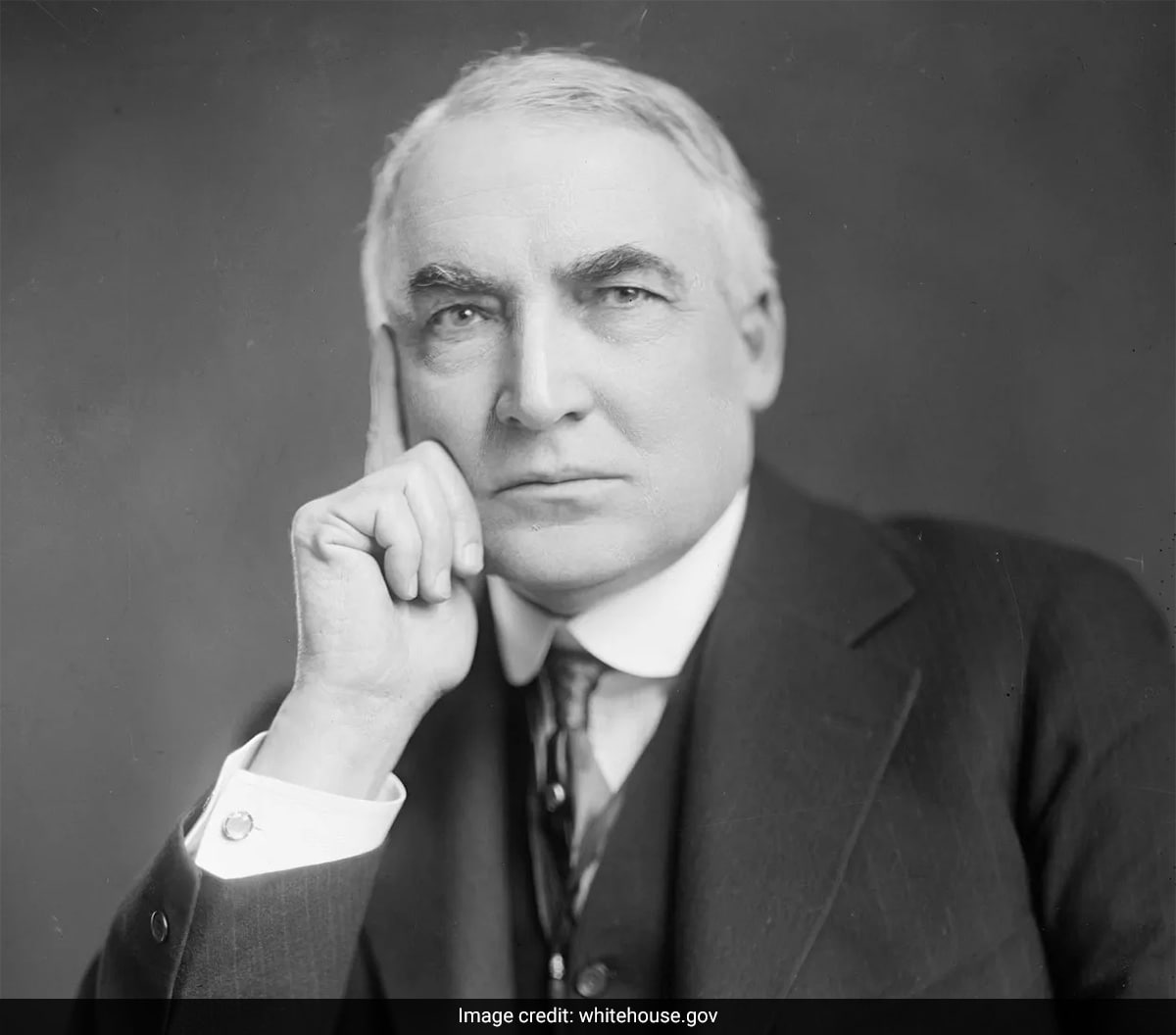
Warren G. Harding, an Ohio Republican, served as the 29th President of the United States from 1921 until his death in 1923. While his presidency was marred by significant scandals, most notably the Teapot Dome affair, Harding also championed technological advancements and demonstrated a sensitivity to the challenges faced by minorities and women. His administration aimed for a return to normalcy after World War I, seeking to promote economic stability and growth during a transformative era in American history.
Calvin Coolidge (1923-1929)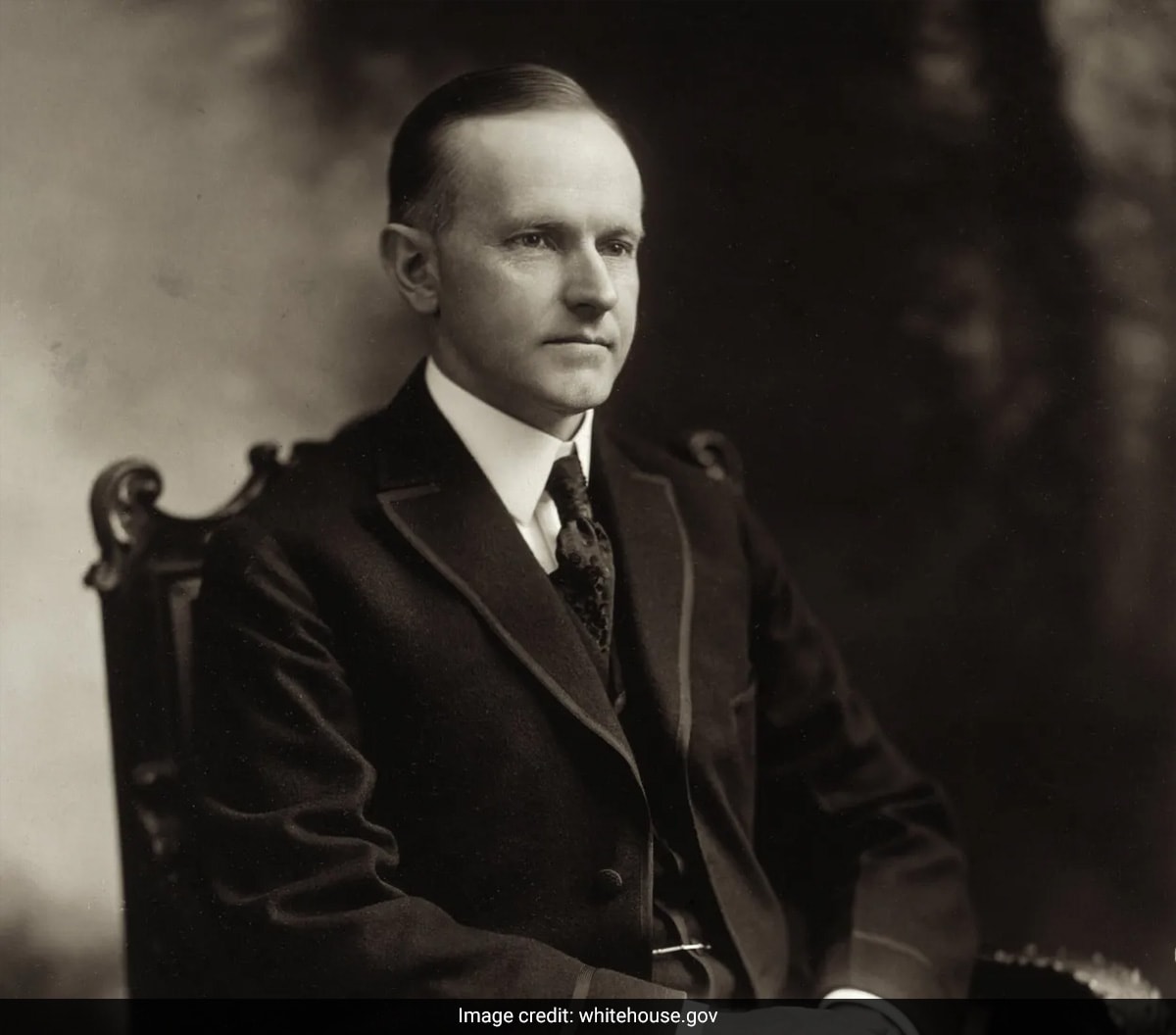
As the 30th President of the United States, Calvin Coolidge was resolute in his commitment to upholding traditional values of frugality and restraint during a period of substantial material prosperity that many Americans experienced in the 1920s.
Herbert Hoover (1929-1933)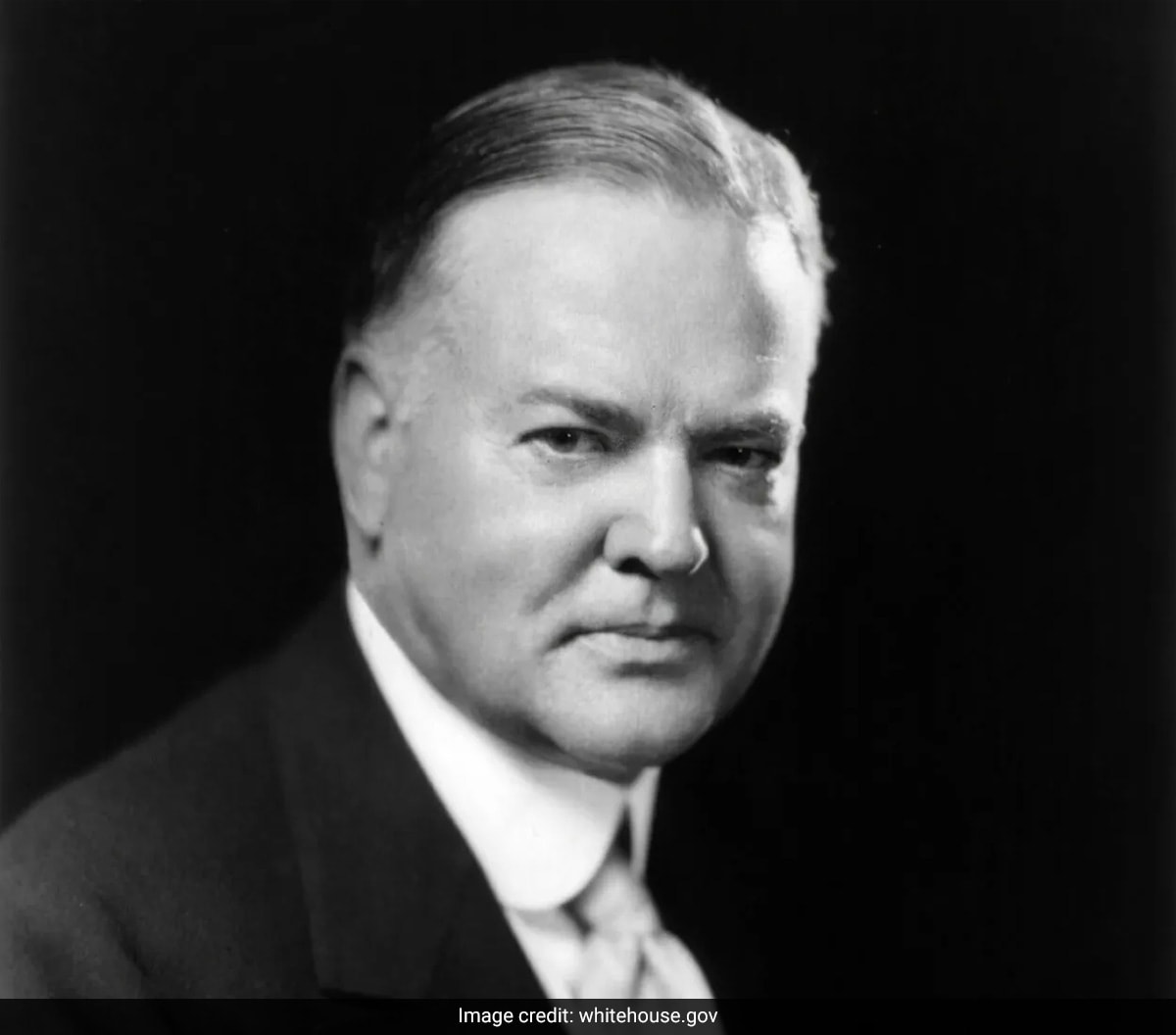
Herbert Hoover’s time in office aligned with the beginning of the Great Depression. His opponents in Congress, who he believed were undermining his efforts for their political gain, portrayed him as a callous and uncaring leader. As economic hardships deepened, Hoover became a scapegoat for the nation’s struggles, ultimately leading to a significant defeat in the 1932 election.
Franklin D. Roosevelt (1933-1945)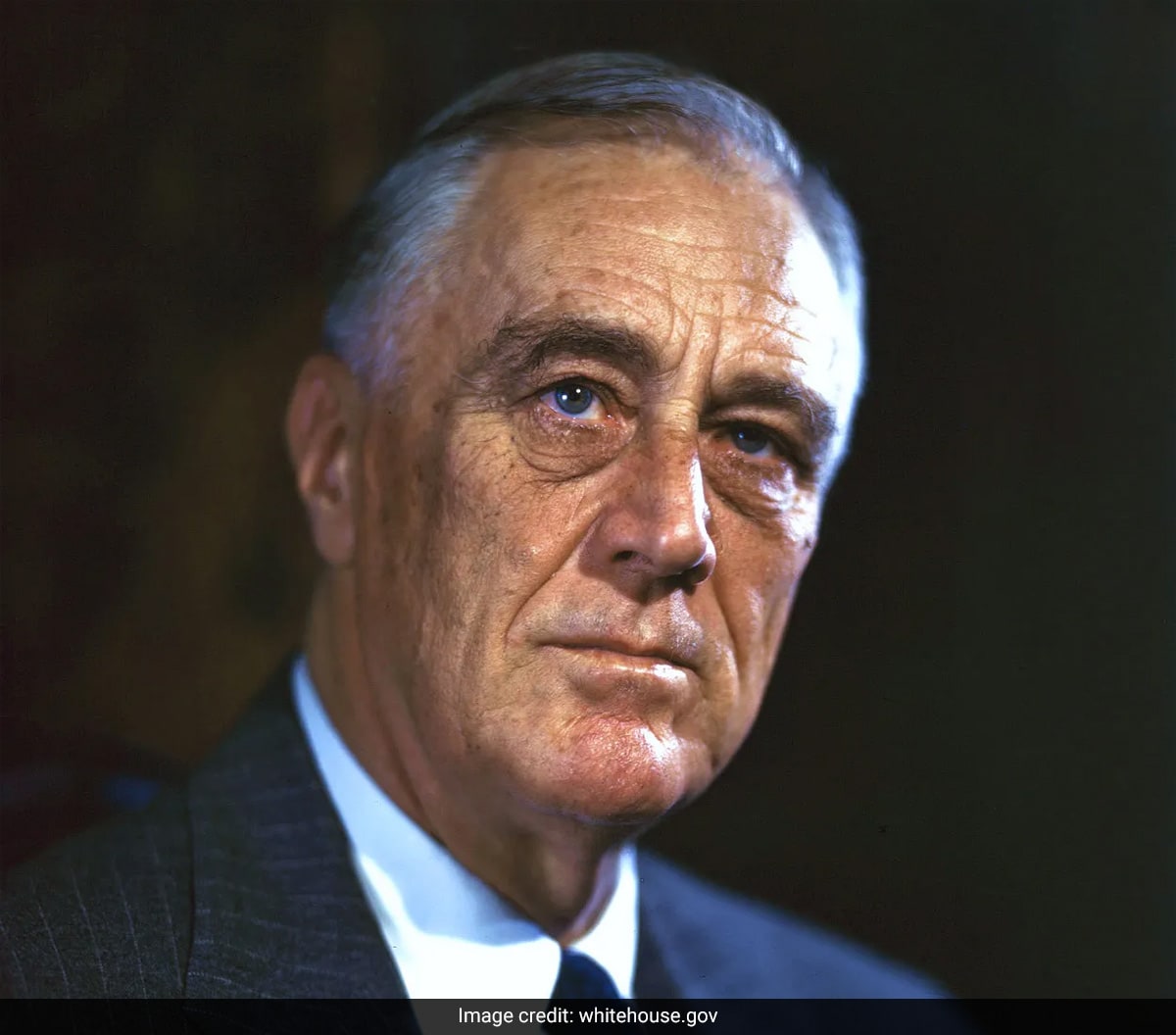
Franklin D Roosevelt remains one of the most iconic presidents in US history. Assuming the presidency at the height of the Great Depression, Roosevelt worked tirelessly to restore the American people’s faith in themselves and their government. He offered hope through his promise of prompt and vigorous action, famously declaring once, “the only thing we have to fear is fear itself.” His leadership during World War II solidified America’s status as a global superpower. As World War II neared its conclusion, Franklin D Roosevelt’s health began to decline. On April 12, 1945, while at Warm Springs, Georgia, he passed away from a cerebral haemorrhage.
Harry S. Truman (1945-1953)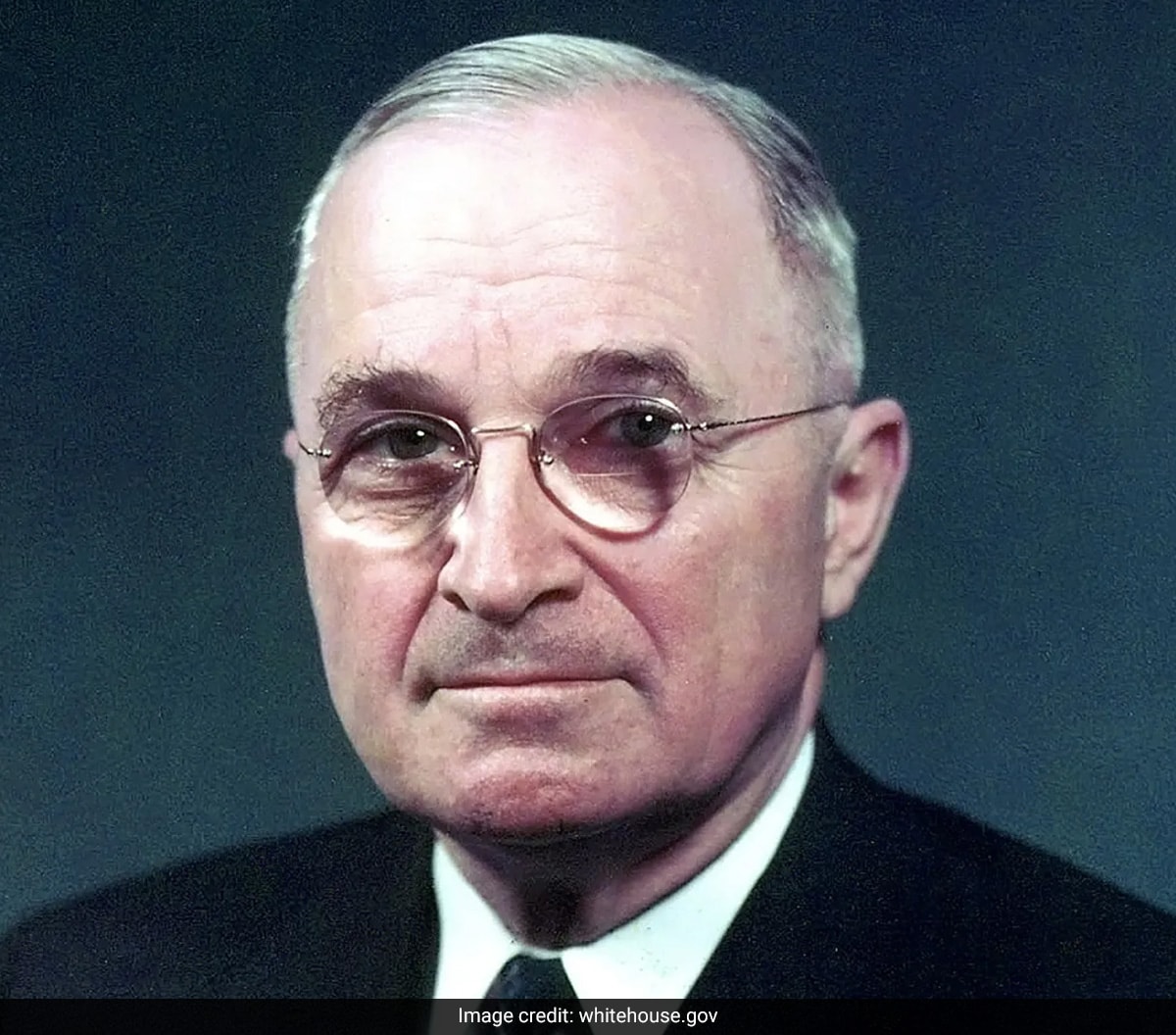
After becoming President, Truman faced some of history’s most critical decisions. Shortly after Victory in Europe (V-E) Day, the war against Japan was nearing its end. An urgent appeal for Japan to surrender was met with rejection. After consulting with his advisers, Truman made the decisive choice to drop atomic bombs on cities engaged in war production, specifically Hiroshima and Nagasaki. This prompted Japan’s surrender, bringing World War II to an end.
Dwight D. Eisenhower (1953-1961)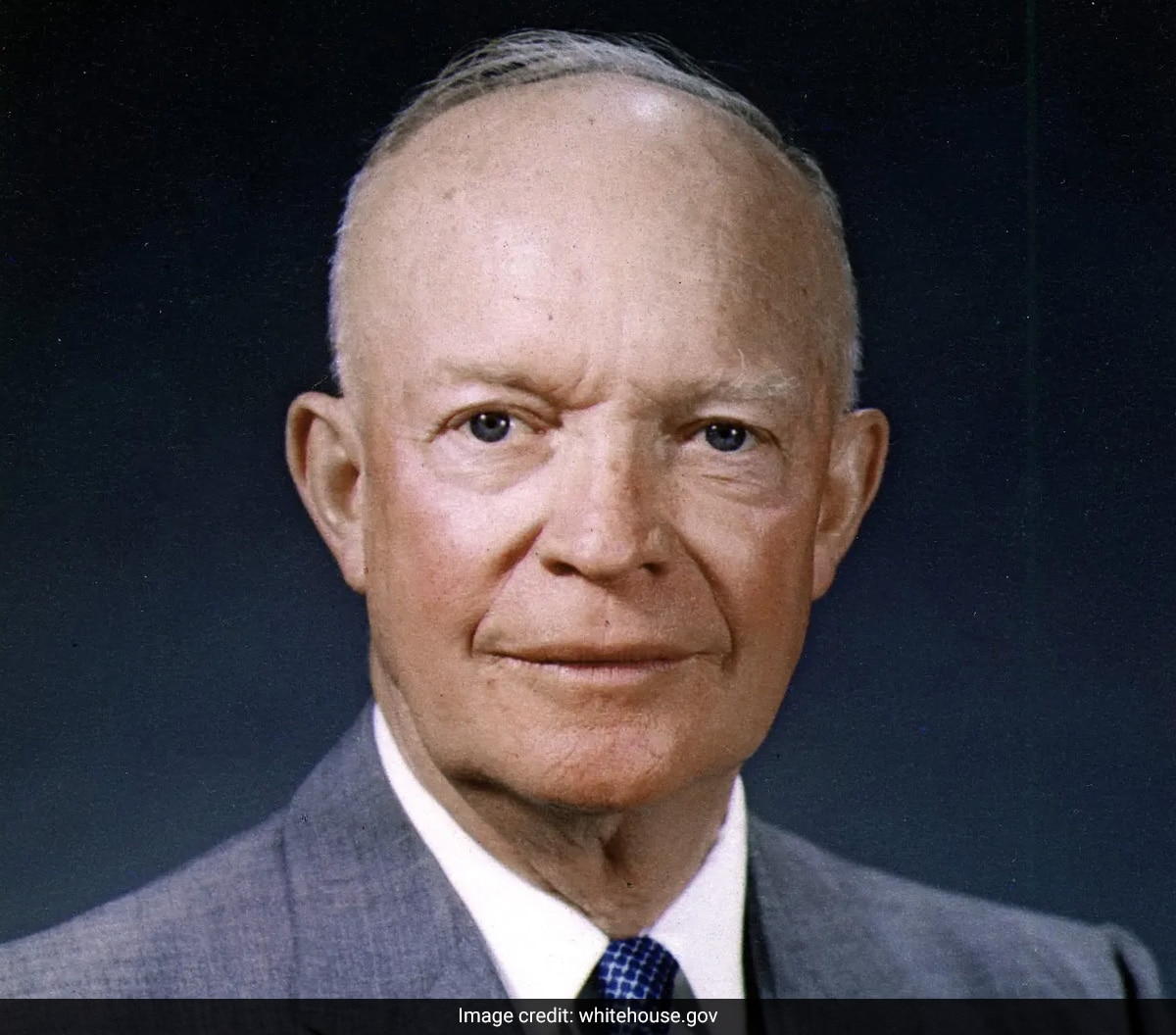
Eisenhower, a decorated World War II general, presided over a period of post-war prosperity. Bringing the prestige of a commanding general who led victorious forces in Europe during World War II, Eisenhower secured a truce in Korea and worked throughout his two terms to ease Cold War tensions. He championed moderate policies under the banner of “Modern Republicanism.”
John F. Kennedy (1961-1963)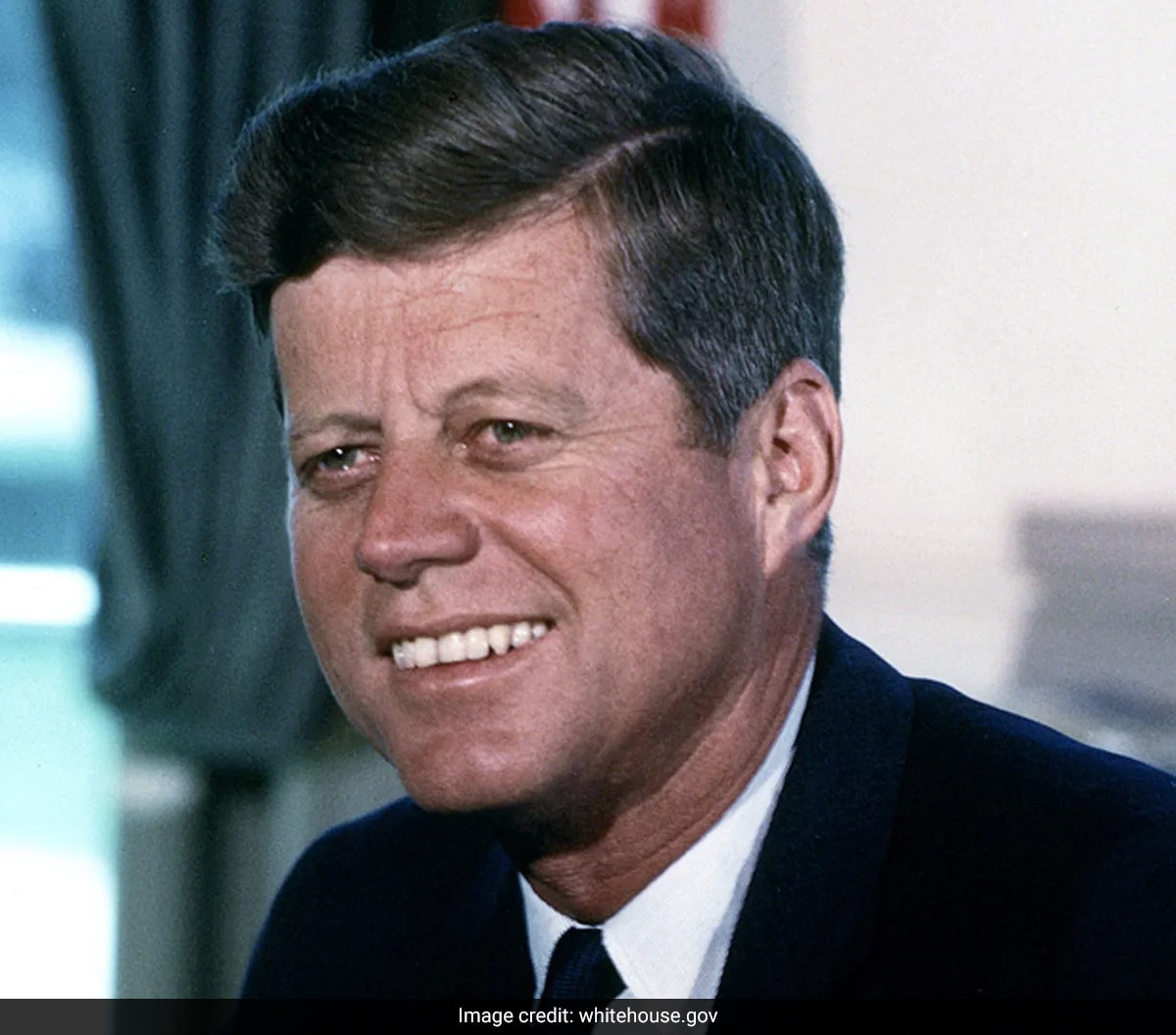
John F. Kennedy was the 35th President of the United States and the youngest ever elected to the office. Tragically, on November 22, 1963, just over a 1,000 days into his presidency, JFK was assassinated in Dallas, Texas, making him the youngest president to die in office. His administration is remembered for significant events and initiatives, including the Cuban Missile Crisis and the establishment of the Peace Corps.
Lyndon B. Johnson (1963-1969)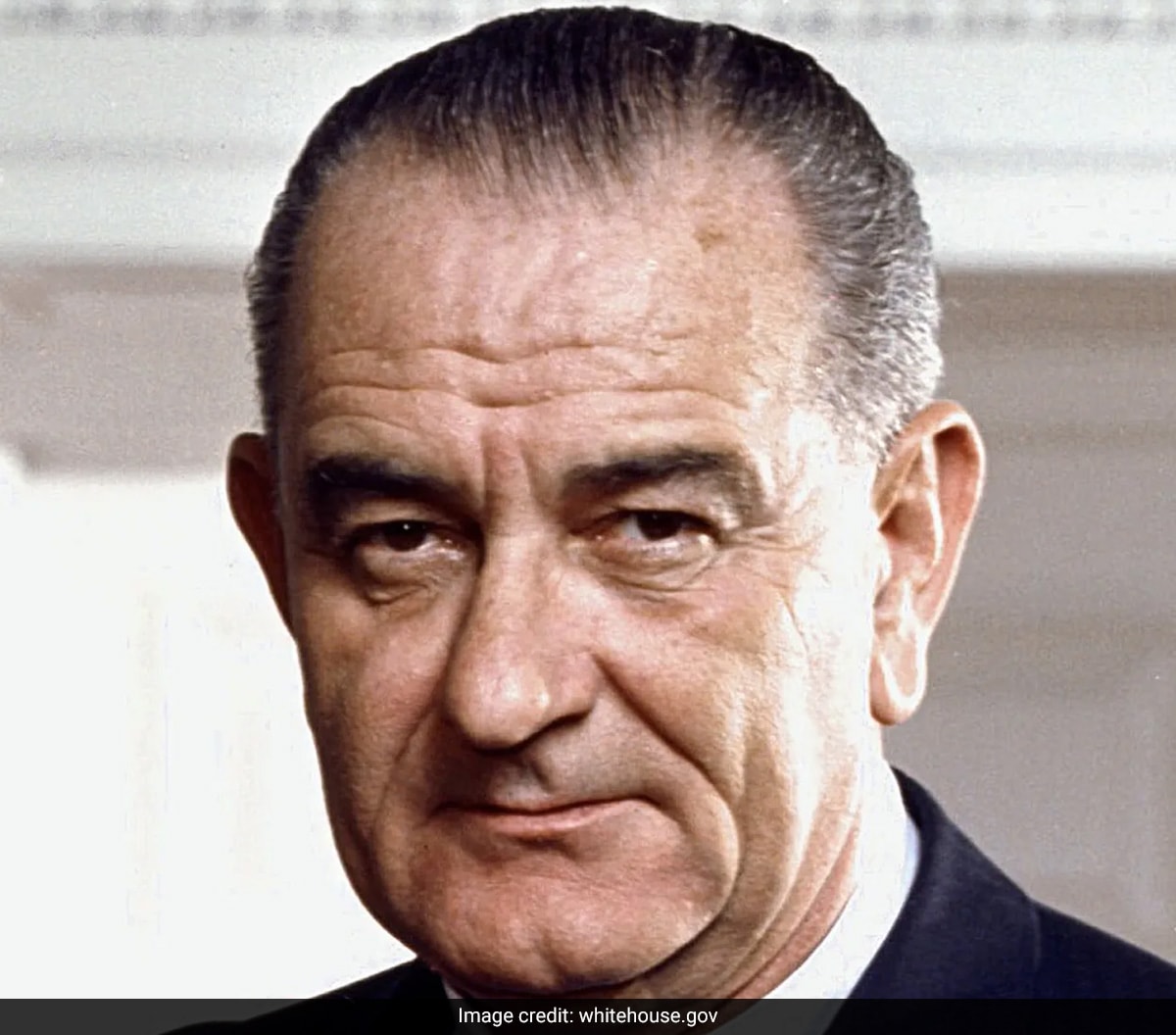
Under Lyndon B. Johnson’s leadership, the nation made remarkable strides in space exploration. During the Vietnam War, despite Johnson’s efforts to curb Communist aggression and negotiate a settlement, the fighting persisted. By the end of March 1968, the controversy surrounding the war had intensified, leading him to limit the bombing of North Vietnam to initiate peace negotiations.
Richard Nixon (1969-1974)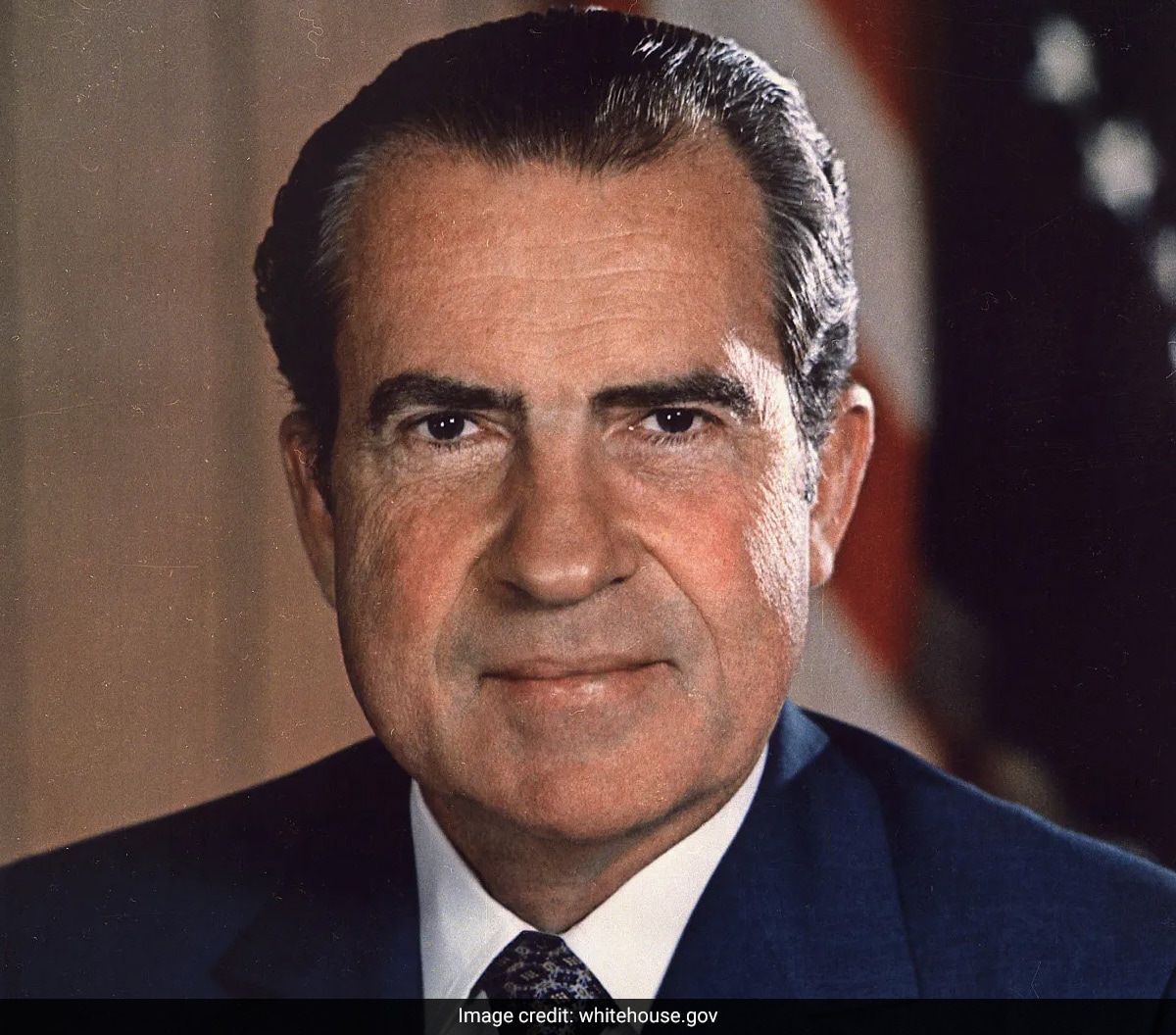
Richard Nixon was elected as the 37th President of the United States after previously holding positions as a US Representative and a Senator from California. He achieved significant milestones, including the withdrawal of American troops from Vietnam and enhancing diplomatic relations with the USSR and China. He ultimately became the first President in history to resign from office due to the Watergate scandal.
Gerald Ford (1974-1977)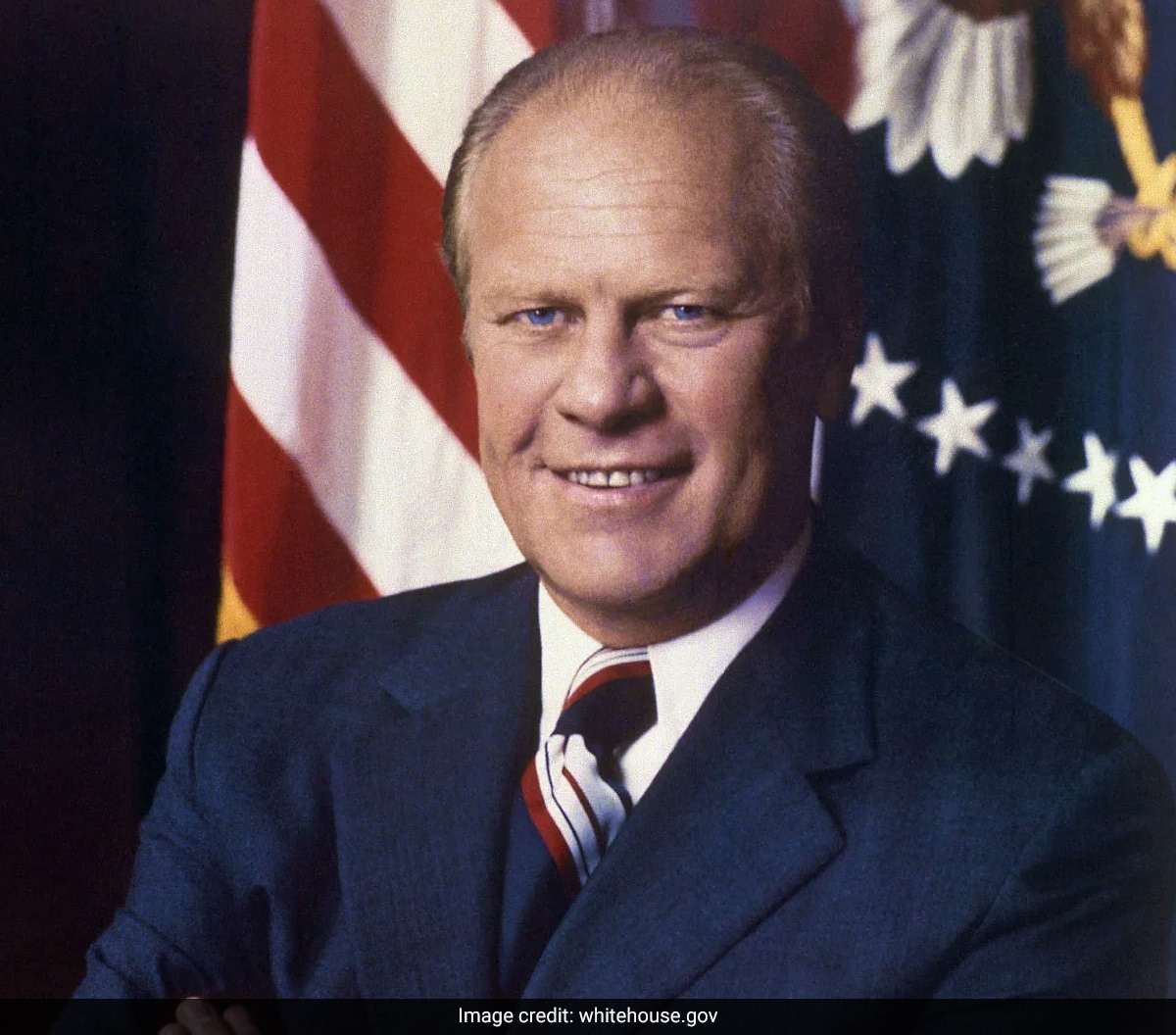
Gerald Ford assumed the presidency following Nixon’s resignation, taking on the immense challenge of restoring public trust in the government. He was the first Vice President selected under the provisions of the Twenty-fifth Amendment and succeeded the first President to ever resign from office amid the Watergate scandal. Ford faced formidable tasks, including tackling inflation, revitalising a struggling economy, addressing chronic energy shortages and striving to maintain world peace.
Jimmy Carter (1977-1981)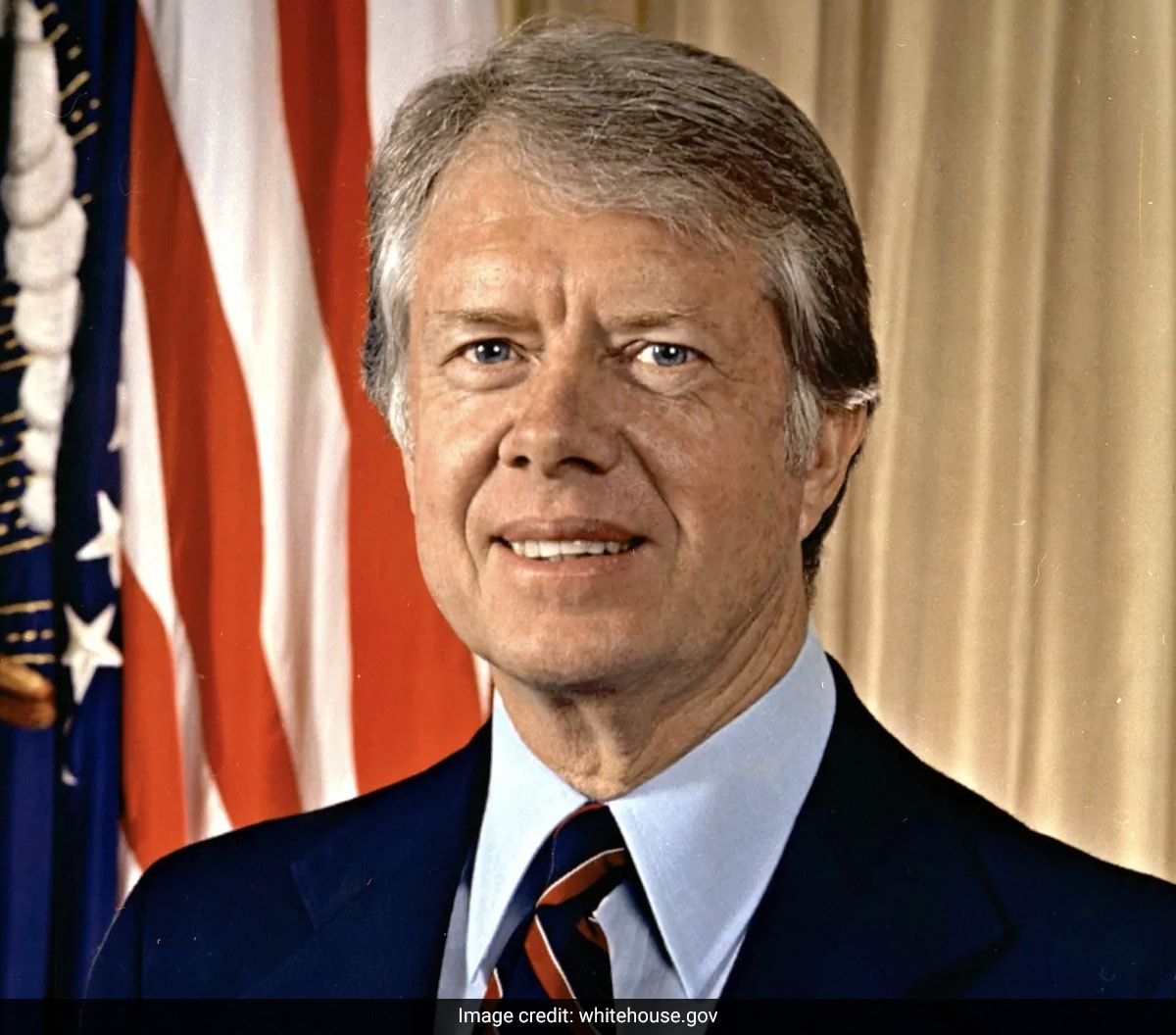
Jimmy Carter’s presidency is noted for his focus on human rights and environmental issues. He was awarded the Nobel Peace Prize in 2002 for his efforts to resolve international conflicts through peaceful means, promote democracy and human rights and support economic and social development.
Ronald Reagan (1981-1989)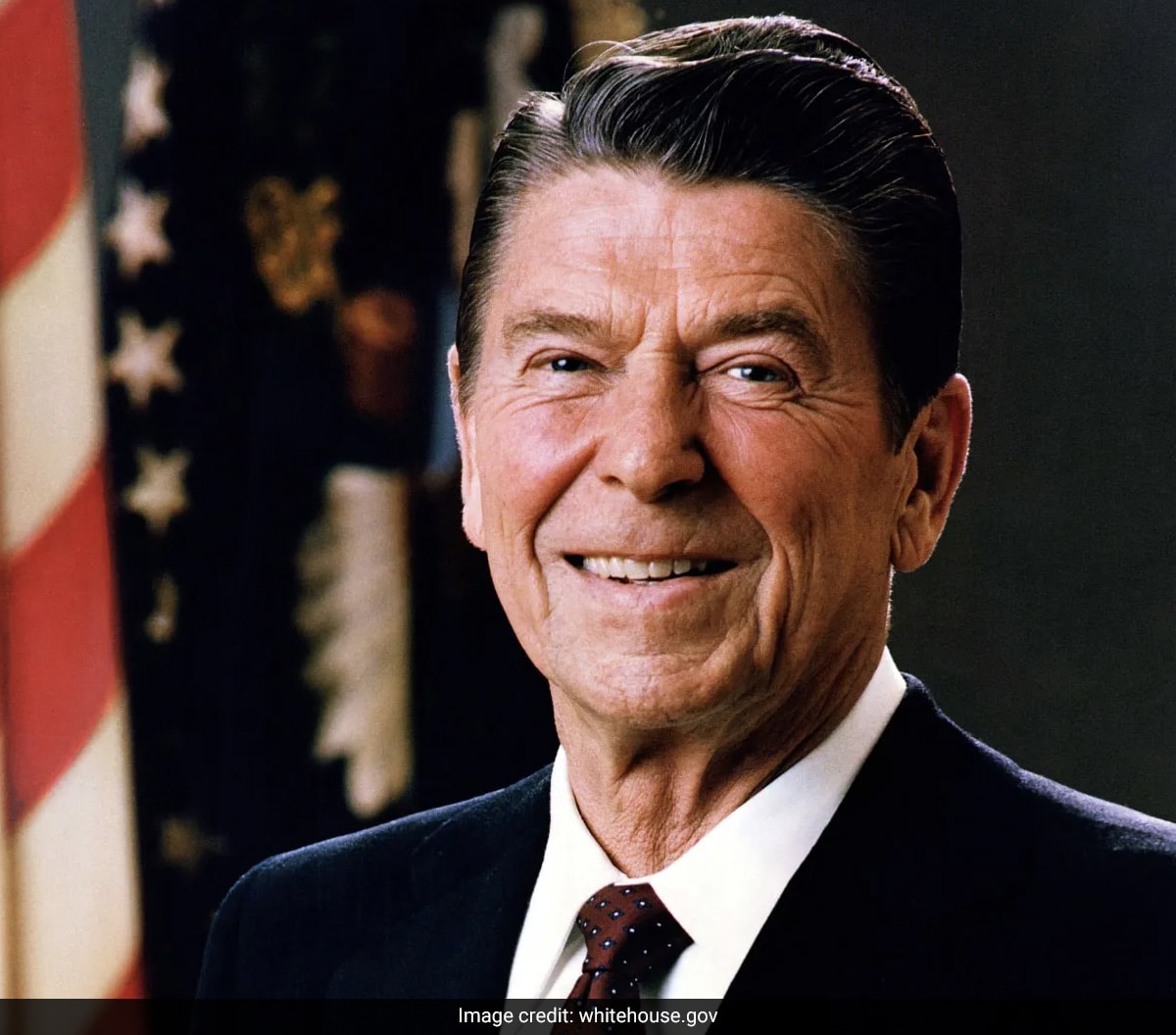
Ronald Reagan, a former actor, served as the 40th President of the United States. His presidency marked a period of economic recovery and prosperity domestically, accompanied by a foreign policy aimed at achieving “peace through strength.” Reagan’s administration focused on reducing government spending, tax cuts, and strengthening the military, which he believed would strengthen America’s position on the global stage.
George H.W. Bush (1989-1993)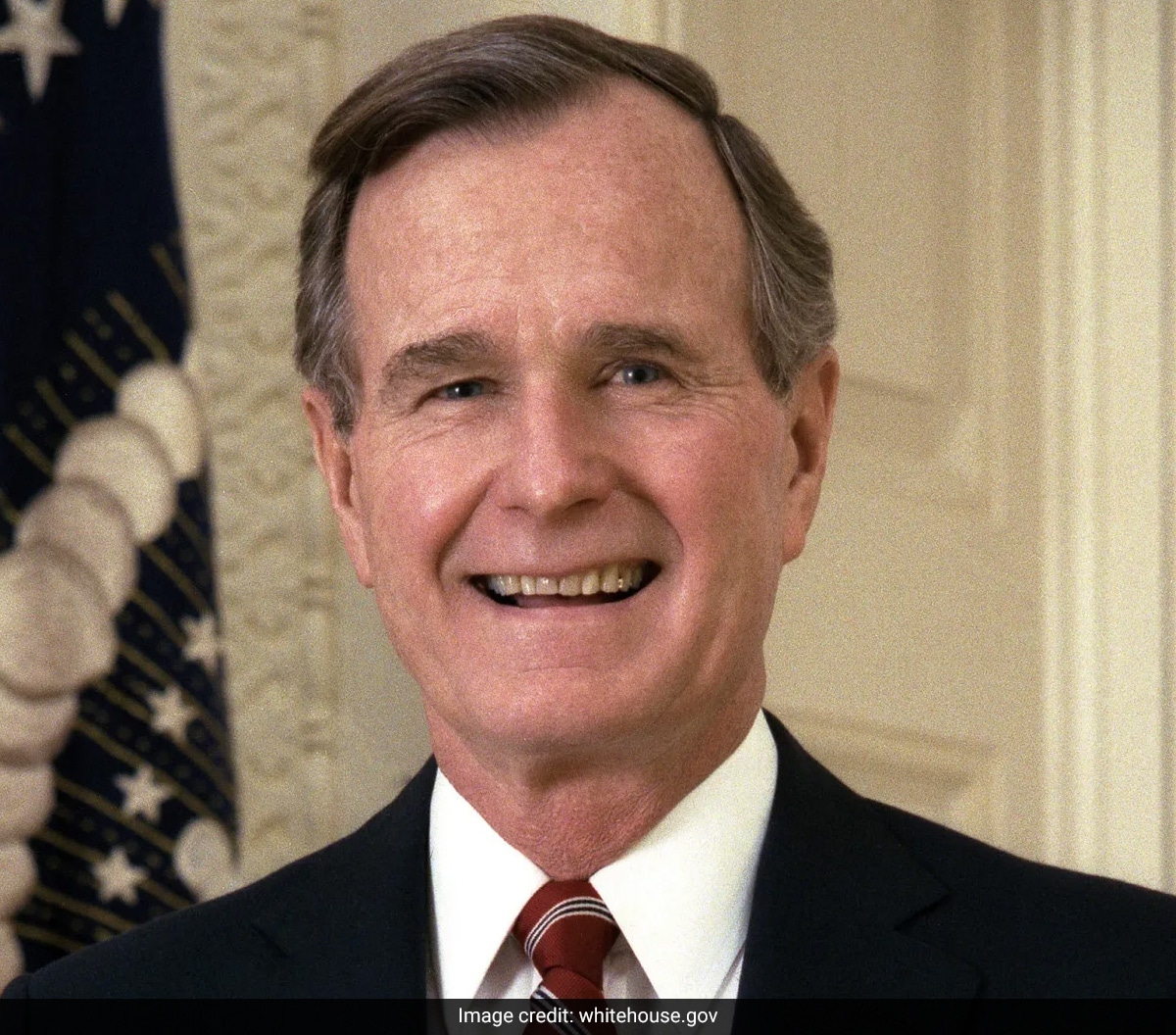
George H.W. Bush’s presidency was characterised by key foreign policy successes, particularly the Gulf War, which liberated Kuwait from Iraqi occupation. His biggest challenge arose when Saddam Hussein invaded Kuwait and threatened Saudi Arabia. In response, Bush rallied the United Nations and mobilised American troops, supported by allies. After weeks of air strikes, the ground offensive – Operation Desert Storm – defeated Iraq’s million-man army in just 100 hours. This victory initially boosted Bush’s popularity. However, back home, economic troubles, rising violence in inner cities and high deficit spending eroded his support.
Bill Clinton (1993-2001)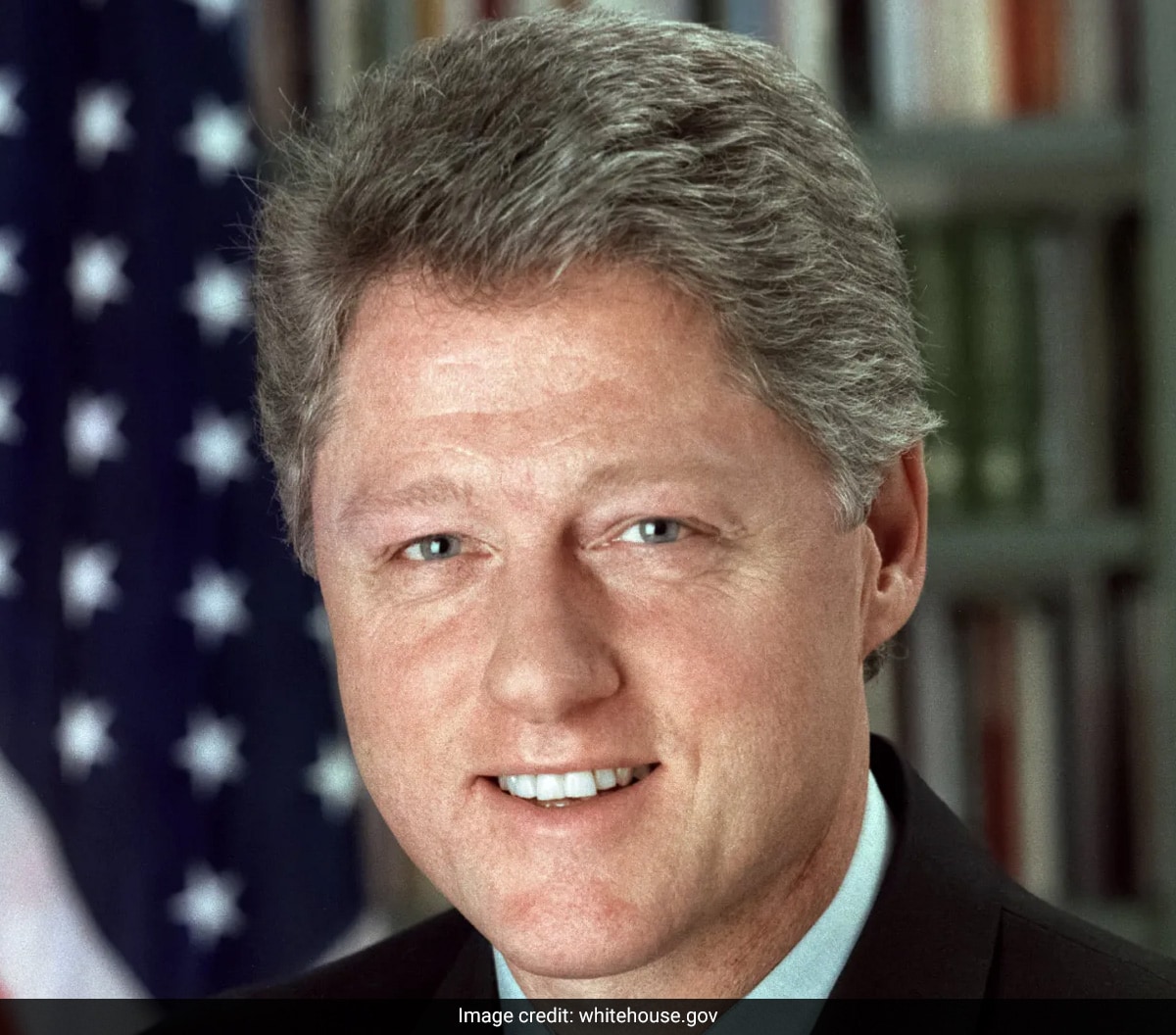
Bill Clinton served as the 42nd President of the United States, stepping into office at the conclusion of the Cold War. As the first president from the baby boomer generation, he represented a shift in American leadership. However, his presidency faced significant turmoil. In 1998, Clinton became the second US president to be impeached by the House of Representatives due to controversies surrounding personal indiscretions with a young White House intern. The Senate, however, voted to acquit Clinton saving his presidency.
George W. Bush (2001-2009)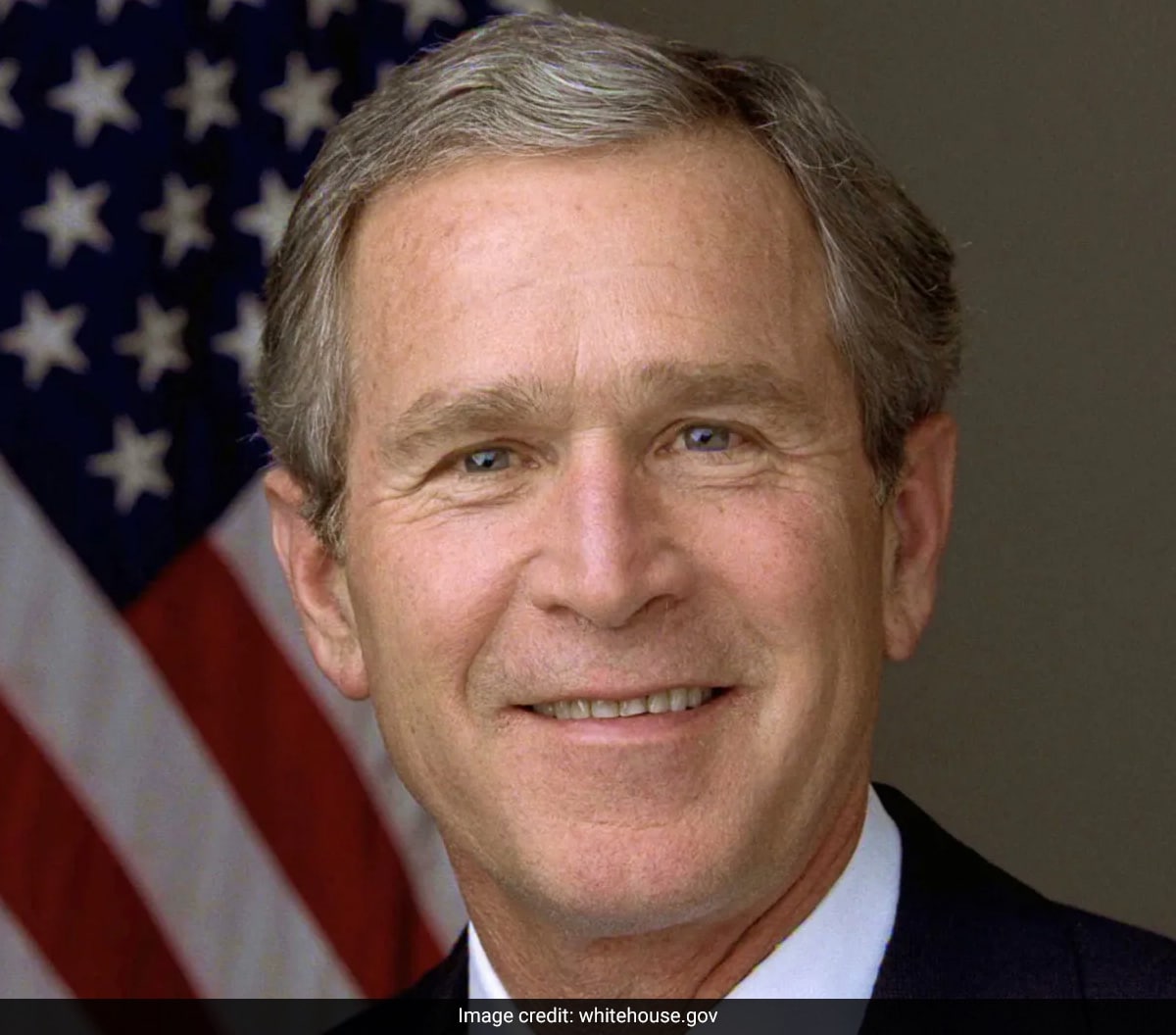
George W. Bush, the 43rd President of the United States, became a wartime leader in the wake of the devastating terrorist attacks on September 11, 2001. This event reshaped Bush’s presidency, forcing him to set aside many of his initial hopes and plans. His father, George H.W. Bush, the 41st president, remarked that his son was “facing the greatest challenge of any president since Abraham Lincoln.”
Barack Obama (2009-2017)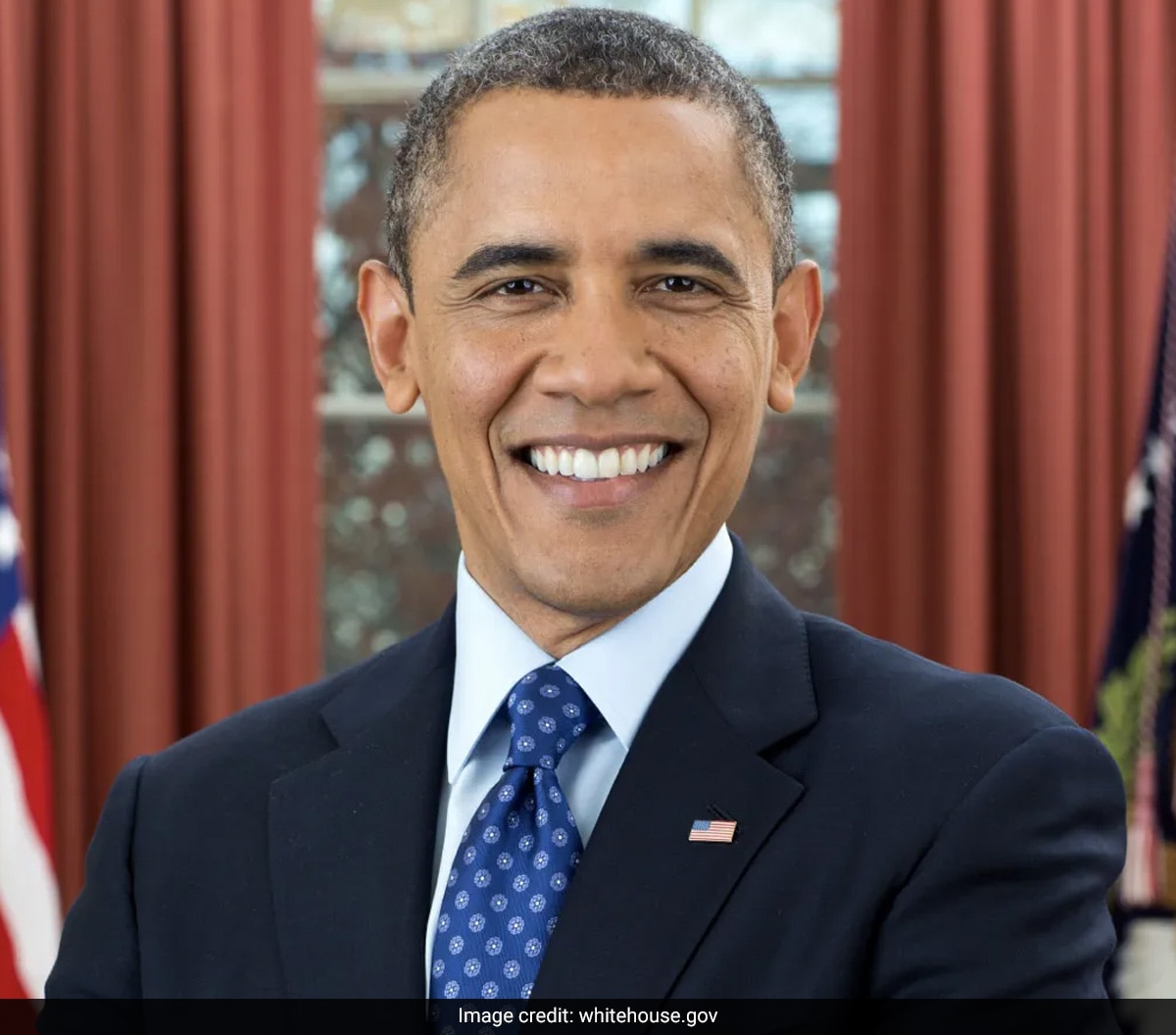
Barack Obama served as the 44th President of the United States, embodying the essence of the American dream. His journey reflects core American values: a middle-class upbringing rooted in a supportive family, the belief in hard work and education as pathways to success, and a deep conviction that a fortunate life should be dedicated to serving others.
Donald Trump (2017-2021)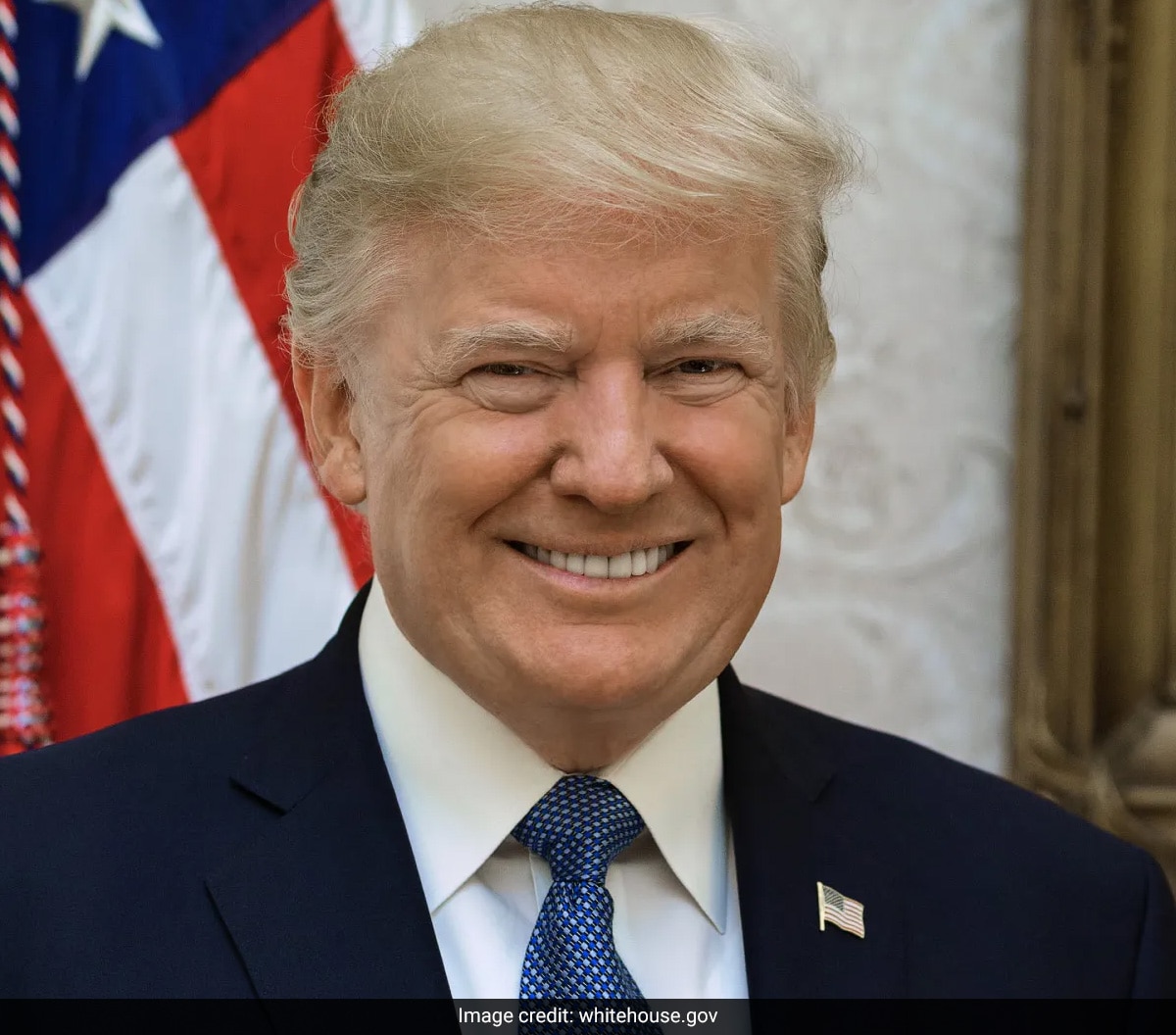
Trump, a businessman, brought a disruptive and unconventional style to the presidency. His administration was marked by tax cuts, deregulation and a focus on America-first policies. His handling of the COVID-19 pandemic and the subsequent economic challenges defined much of his final year in office. His refusal to accept the 2020 election results culminated in the January 6 Capitol attack.
Joe Biden (2021-Present)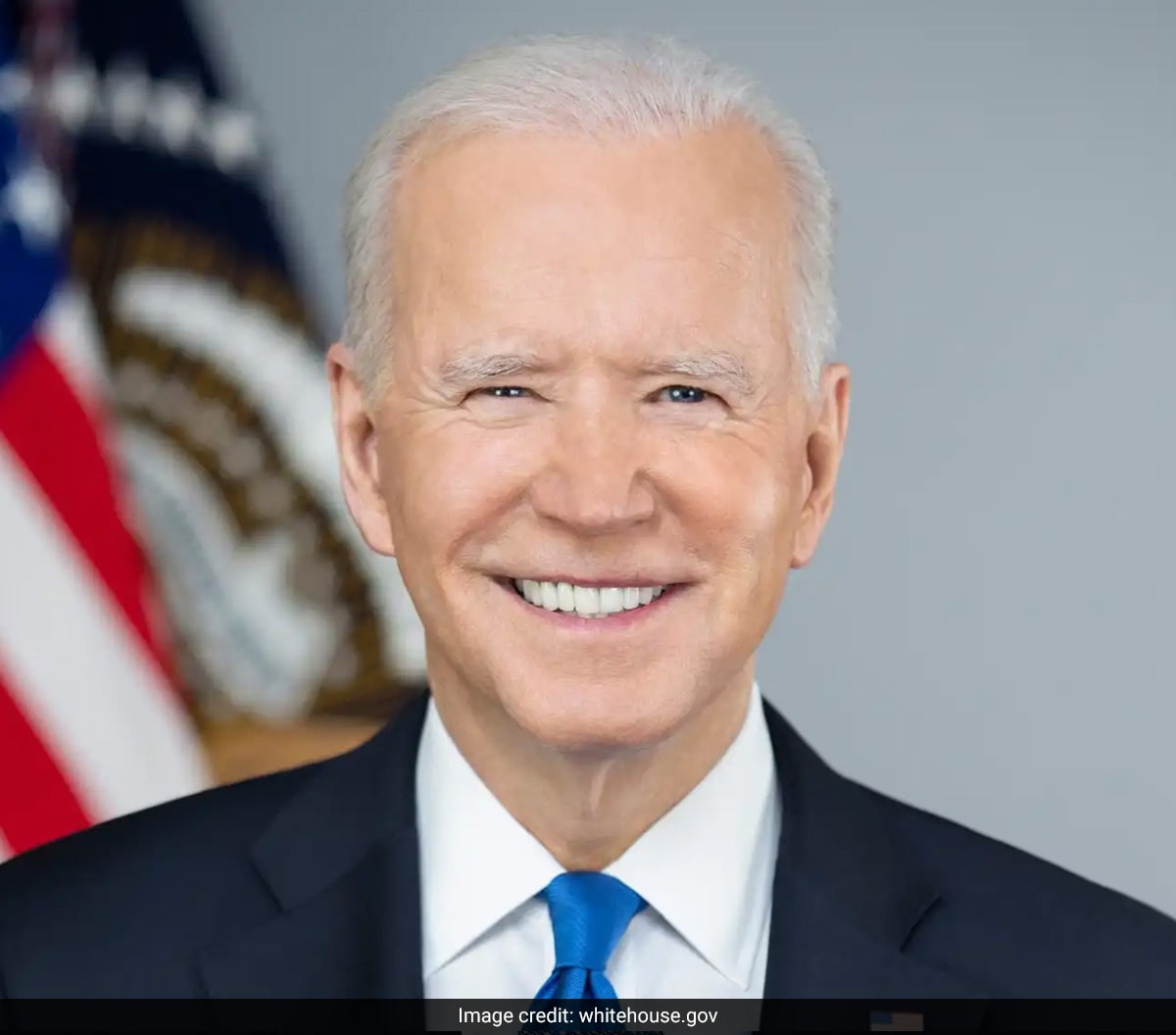
Biden’s presidency has focused on navigating the challenges of the COVID-19 pandemic, economic recovery and addressing social inequalities. His administration passed the American Rescue Plan and launched initiatives to improve infrastructure and climate resilience. Biden also oversaw the withdrawal of US troops from Afghanistan, ending a 20-year war.
Â
Source link : http://www.bing.com/news/apiclick.aspx?ref=FexRss&aid=&tid=6726730994ea431aa0f68ec010bf89d9&url=https%3A%2F%2Fwww.ndtv.com%2Fworld-news%2Fus-election-the-changing-face-of-the-oval-office-all-the-us-presidents-since-1900-6611182&c=1006502615217864492&mkt=en-us
Author :
Publish date : 2024-11-02 07:35:00
Copyright for syndicated content belongs to the linked Source.

